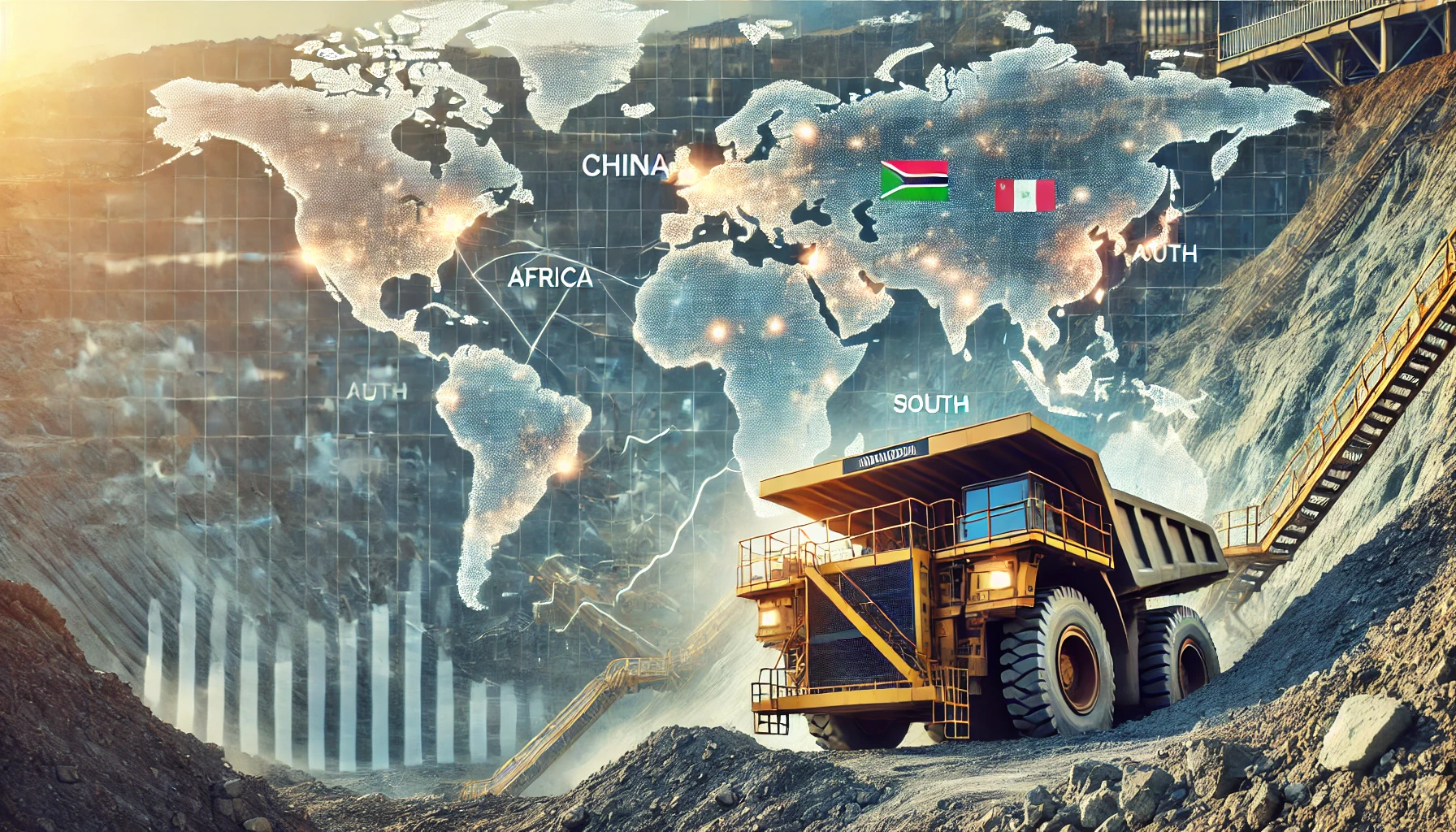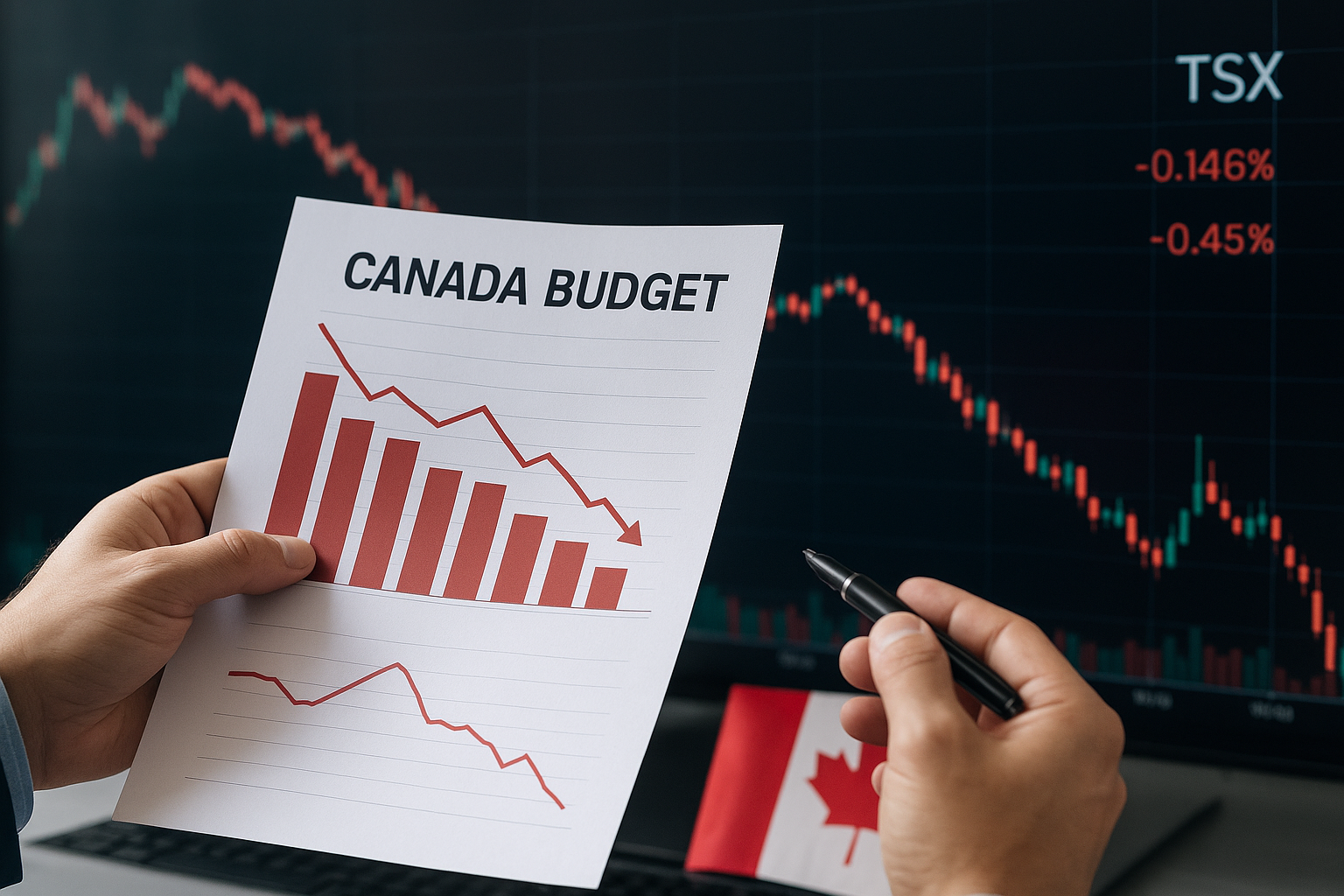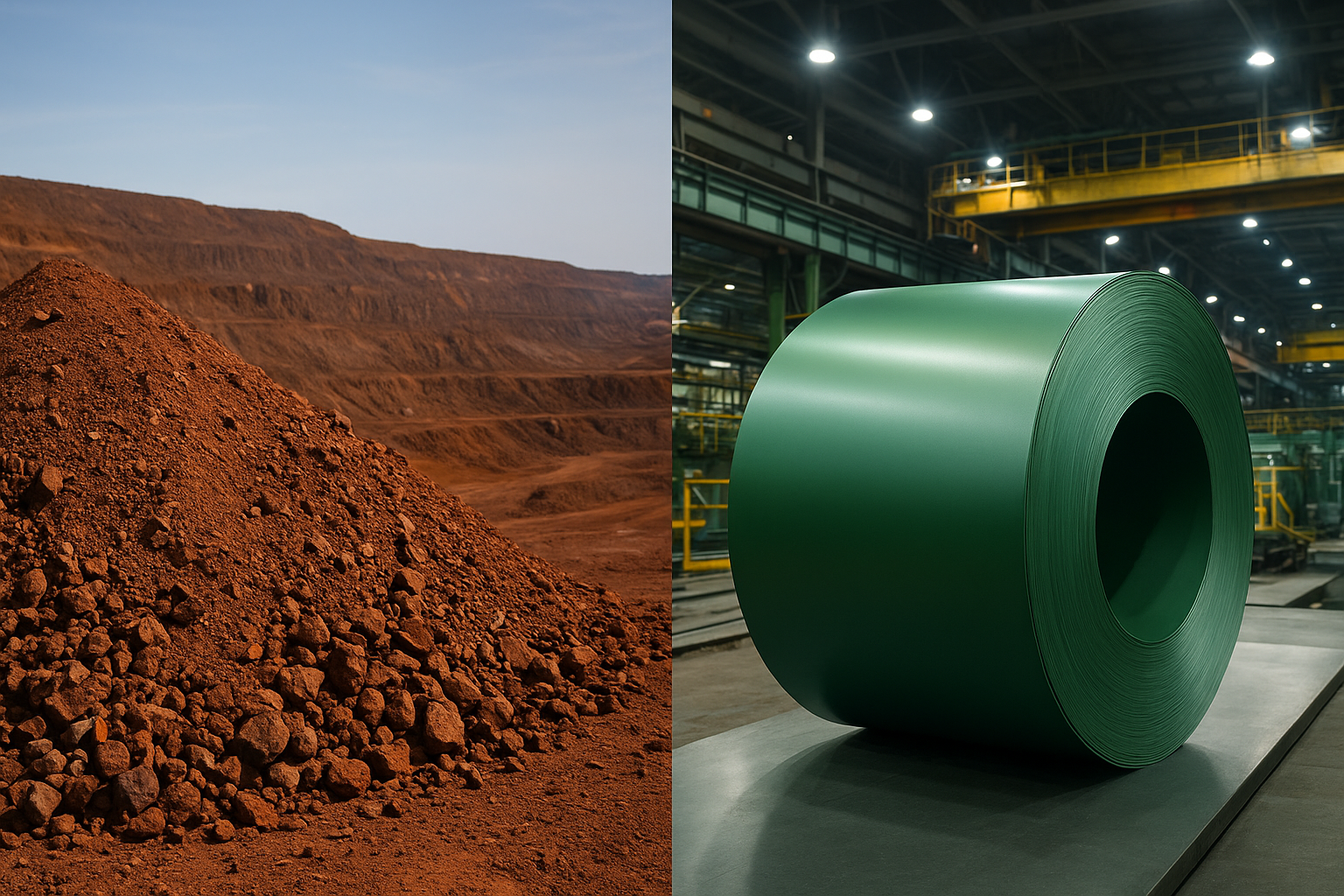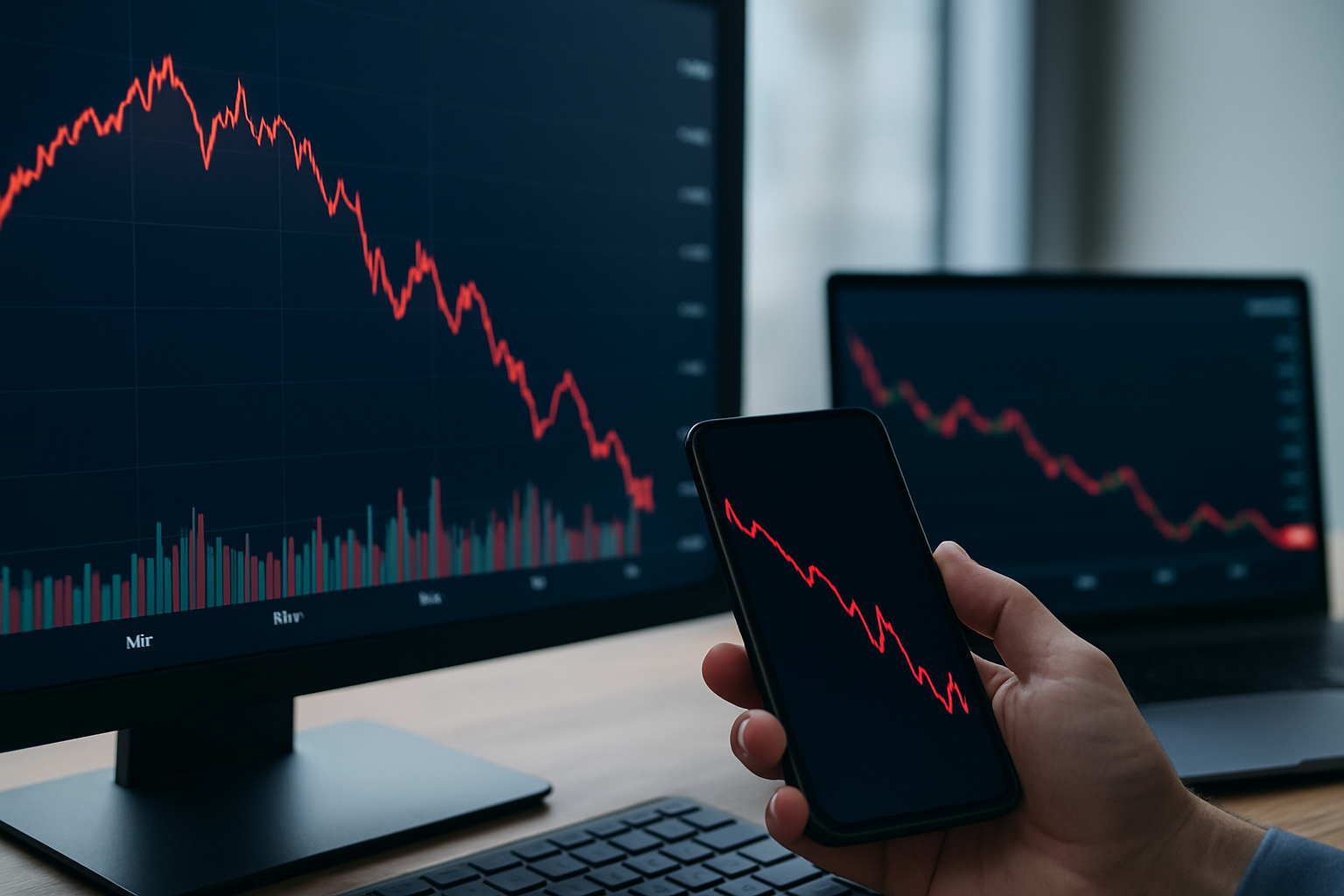The Rising Impact of Geopolitics on Mining and Metals Markets
Global investors are witnessing an era of heightened geopolitical uncertainty, which is significantly altering the landscape of mining and metals markets. Trade disputes, resource nationalism, and supply chain vulnerabilities are driving fragmentation in the sector, making it increasingly difficult for companies and investors to navigate. As key resource-producing nations impose stricter policies and geopolitical risks disrupt traditional supply channels, market dynamics are shifting rapidly.
Why This Matters for Investors
For years, mining and metals markets were largely shaped by fundamental drivers such as supply-demand balances, technological advancements, and macroeconomic trends. However, today’s environment is increasingly characterized by disordered fragmentation, as geopolitical factors take center stage. The impact of government policies, economic sanctions, and trade restrictions is now just as critical as commodity price trends.
One notable example is the growing trend of resource nationalism. Countries rich in critical minerals—such as lithium, cobalt, and rare earths—are tightening control over their resources to ensure local economic benefits. This is evident in recent policy moves by nations like Indonesia, Chile, and China, which are imposing export restrictions and nationalizing key mining operations.
The Supply Chain at Risk
Geopolitical instability has made supply chains more vulnerable than ever. The ongoing U.S.-China trade war, Russia’s strategic realignment in commodities, and escalating tensions in Africa—home to major deposits of copper, cobalt, and gold—are compounding the risks. Investors should note that supply disruptions can lead to sharp price swings in key metals, creating both challenges and opportunities in the market.
For example, China’s dominance in rare earth elements (REEs)—which are crucial for tech, defense, and renewable energy industries—has prompted Western economies to seek alternative sources. This has led to increased investment in mining projects in Australia, Canada, and Africa, but these efforts are still years away from making a significant impact on global supply chains.
Future Trends to Watch
- Government Policies & Trade Barriers: Countries are increasingly implementing tariffs, export bans, and nationalization policies that could restrict access to critical materials.
- Investment in Alternative Sources: The West is accelerating investments in non-Chinese supply chains for essential metals, from lithium in Argentina to rare earths in the U.S. and Canada.
- ESG and Green Energy Transition: Governments and corporations are pushing for sustainable mining practices, leading to new regulations and investment shifts towards environmentally responsible mining.
- Technological Advancements: Innovations in recycling and new mining technologies could reduce dependency on traditional mining, reshaping the investment landscape.
Key Investment Insight
Investors should closely monitor geopolitical developments, as they have a profound impact on commodity prices and supply chain stability. Diversifying investments across multiple jurisdictions can help mitigate risks. Additionally, ETFs and mining stocks focused on critical minerals outside high-risk regions may offer safer exposure to the sector.
Stay Informed, Stay Ahead
As geopolitical tensions continue to reshape the mining and metals landscape, informed investors must stay ahead of emerging risks and opportunities. For daily expert insights and in-depth market analysis, follow MoneyNews.Today—your trusted source for financial and investment news.





